Overview
Highlights
- Extreme Landscapes: Everest and glaciers offer a stunning visual experience.
- Cultural Blending: Experience the collision of diverse cultures in Shanghai and Xi'an.
- Relic Exploration: Explore historical imprints at the Terracotta Army and the Forbidden City.
- Tibetan Ambiance: Immerse in the mysterious atmosphere by doing kora and tasting Tibetan food in Lhasa.
Itinerary
Transfer via: International flight on your own arrangement
Nihao! Welcome to Shanghai, China’s most internationalized and vibrant city! Shanghai’s long-term fusion of Eastern and Western cultures has contributed to Shanghai’s unique culture. Upon your arrival at the airport/train station in Shanghai, the driver will meet and greet you at the exit, and then escort you to the well-selected hotel in downtown Shanghai. The rest of the day is free on your own so you can have a good rest for the jet lag or explore by yourself around your hotel.
Today you will spend the whole day experiencing the perfect blend of West and East in this “Paris of the East.” Visit brilliant museums, traditional Chinese gardens, modern skyscrapers, and exotic architecture.
First, head to the Pudong Area. One eye-catching feature is the trio of towering skyscrapers in the Lujiazui financial district. Shanghai Tower is the tallest building in China and second tallest in the world at 632 meters (2,073 feet). Here, you will ascend the highest building in Shanghai – the Shanghai Tower – featuring a dramatic 120-degree twist from base to peak. Ride the world’s fastest elevators, traveling at 64 km/h, up to the “Top of Shanghai Observatory” on the 118th floor, 546 meters (about 1,791 feet) above ground. Enjoy unparalleled 360-degree panoramic views over the city and look down on the Jin Mao Tower and Shanghai World Financial Center.
Later, visit the Shanghai Museum for an awe-inspiring tour of the finest art collection and profound Chinese history. Built shaped like an ancient bronze ding vessel, the museum has a round top and square base, symbolizing “round sky, square earth.” It contains 120,000 cultural relics showcasing incredible Chinese art spanning 5,000 years. Immerse yourself in the Bronze and Ceramics Exhibition Hall, appreciating the elaborate bronzes and exquisite artifacts. Don’t miss top treasures like the Da Ke Ding bronze vessel from over 3,000 years ago and the Bianzhong of Marquis Su of Jin, ancient musical instruments.
Next, head to Yu Garden, the most celebrated classical Chinese garden hidden in bustling downtown Shanghai. Enjoy a leisurely stroll to see the Chinese architecture and exquisite sculptures and carvings. Outside, Yuyuan Bazaar is a fun place to taste local snacks and shop for traditional crafts and art.
In the afternoon, stroll down Nanjing Road Pedestrian Street, lined with famous brands, restaurants, cafes, souvenir shops, and towering buildings. Continue to the Bund, the top must-see spot in Shanghai. Known as the “Exhibition of International Architecture,” the Bund features 52 buildings in various styles. Overlook the amazing Pudong skyline and skyscrapers from here.
(Travel Note: Shanghai Museum and Yu Garden are closed Mondays. Those days you’ll instead visit the Shanghai Urban Planning Exhibition Center, Shanghai City God Temple, or the French Concession.)
Transfer via: Flight Shanghai- Lhasa arranged(Economy class)
You will be escorted to airport for your flight to Lhasa.
Tashi Delek! Welcome to Lhasa, the capital of the Tibet Autonomous Region! Upon your arrival at the airport in Lhasa, the driver will meet you at the exit, and then escort you to the hotel in downtown Lhasa (100km, about 1.5 hours’ drive) . You can have a good rest to get used to the altitude (3,650m) in your hotel and get ready to explore Lhasa with your guide the next day.
Kind Reminds:
- It is good to avoid altitude sickness by slowing down, keeping warm, drinking water frequently, avoiding showers for the first one or two days, taking it easy, and sleeping well.
- You should always follow your doctor’s advice regarding altitude based on your health condition.
- Be sure to let your guide or the hotel staff know whenever you feel unwell or need help. The people there are always willing to help and are good at dealing with altitude sickness.
Today, it is the time to explore Lhasa by visiting the world-famous Potala Palace, a World Heritage site and the picture behind the 50 RMB. And then, you will explore Lhasa by visiting Jokhang Temple, a world cultural heritage site renowned for its brilliant architecture, culture, art, and history. Finally, you can stroll through the famous Barkhor Street with locals and learn more about the daily kora life of Tibetans.
In the morning, you can walk up to the Potala Palace to explore. Not only is it the landmark of Tibet, but it is also the traditional residence and winter palace of the Dalai Lama (1649-1959). After climbing 365 steps from the gate of the Potala Palace to reach the Red Palace, you will arrive at the highest palace in the world at an altitude of 3,700m, where you can enjoy an excellent panoramic view of Lhasa city. As you explore the principal halls, chapels, and shrines of past Dalai Lamas in the Red Palace, you will be amazed and moved by its remarkable paintings, gorgeous jeweled works, skilled carving, colorful ornamentation, and the mystery stories behind the treasures. Inside the Potala Palace, you will meet many Tibetan pilgrims who come from afar to pray at this sacred site, making it a lifetime destination for them. You can also ask your guide to provide more stories about Songtsen Gampo, the 33rd king of Tibet, who first built the Potala Palace in the 7th century for his marriage to Princess Wencheng of the Tang Dynasty. (Please note that the visit order may be adjusted based on the visiting time specified on your Potala Palace ticket. All visitors are required to visit the palace with a tour group and remain inside for one hour. Please be advised that photography is prohibited inside the palace.)
Located in the heart of Lhasa for over 1300 years, the Jokhang Temple is an important pilgrimage site for Buddhists from all over the world. Famed as the spiritual center of Tibet, it is said that the Jokhang Monastery was built for King Songtsen Gampo’s two brides: Chinese Princess Wencheng and Nepalese Princess Bhrikuti. “Jokhang” means “House of Buddha”, and it houses a life-size statue of the 12-year-old Sakyamuni, which is considered a treasure of the Buddhist world. This is why Buddhist pilgrims consider it the holiest destination. The Jakhong temple is also renowned for its beautiful architecture. You can admire the intricate carvings, colorful murals, ornate decorations, and details of the building, which is a masterpiece of Tibetan architecture. Time seems to stand still as you watch people pray in front of the temple during the day and night. (Please note that the visit order may be adjusted based on the reservation of your Jokhang Temple Ticket Reservation.)
Afterward, take a walk on busy Barkhor Street near the Jokhang Monastery, which was a place for Buddhists to do a kora (pilgrim circuit) in ancient times. Nowadays, it has become a thriving local market where you can drink a pot of yak butter tea, dress in Tibetan clothes for photos, and pick up some local Tibetan, Nepalese, and Indian handicrafts and souvenirs.
On this day, drive about 8 to 9 hours (340km) from Lhasa to Shigatse, with a visit to two amazing natural landscapes – Yamdrok Lake and Karola Glacier – on the way.
In the morning, after about 3 to 4 hours of driving (200km), make sure to have your camera ready. When you reach Kampala Pass (4,797 meters), you’ll have a breathtaking view of Yamdrok Lake, a freshwater lake down below, as well as spectacular views of the holy Mt. Nyenchen Khangsar in the distance. It is one of the four largest sacred lakes in Tibet, along with Lhamo Latso Lake, Manasarovar Lake, and Namtso Lake. Yamdrok Lake offers stunning views of the Tibetan plateau and is said to be able to help Tibetans find the reincarnated soul of the Dalai Lama. Moreover, you may see dressed-up Tibetan mastiffs, dogs, goats, and yaks there. It is optional for you to pay 5-10 yuan to pose with and take photos of them; for local Tibetans, it’s a way to earn extra income for their families.
In the afternoon, drive about 1.5 hours (70km) to visit one of the most beautiful glaciers in Tibet – Karola Glacier, the filming location of the movie “Red Valley” (Hong He Gu). As one of Tibet’s three major continental glaciers, backed by the southern slope of Naiqin Kangsang Peak (7,191 meters), one of the four highest peaks in Tibet, this white glacier is also the source of the eastern part of the Nianchu River. The Karola Glacier (5,012m) is only 300 meters away from the highway connecting Lhasa to Gyantse town, and you can view it right from your vehicle. You can also easily walk to the foot of the charming glacier, which has a shape like a frozen waterfall right above the road and you. Besides the fantastic hike to the Karola Glacier, on the opposite side of the road, you can appreciate the beautiful snow-capped mountain of Mt Kalurong.
Notes for visiting Karola Glacier:
- The altitude at the glacier scenic spot is about 5,012m, so be sure to slow down to avoid altitude sickness.
- The public toilet at the glacier is very basic.
- Local people may ask you to take photos with them for a fee. Be sure to ask before taking photos to avoid potential issues.
After that, drive about 3.5 hours (170km) to your hotel in Shigatse, the nearest town on the Friendship Highway between Tibet and Nepal. Have a good rest and get ready for a once-in-a-lifetime trip to EBC the next day.
After breakfast, drive about 6.5 hours (330km) to the peak of the world – Mount Everest, while stopping by the Rongbuk Monastery – the world’s highest altitude monastery, before spending the night at the Everest Base Camp (EBC).
Departing from Shigatse, after about 4.5 hours of driving (240km), you’ll get your first glimpse of Mt. Everest from the Gyawu La Pass (5,200m, Gyatso La Pass), between Lhatse and Shelkar. In addition to Mt. Everest, you’ll be amazed by the winding road that seems to go on forever. Along the way, you may see local people biking or hiking all the way to Everest Base Camp. For them reaching the base of the world’s highest mountain is a must-do goal or holy belief that is worth the effort.
After enjoying the beautiful and unique scenery on the pass, including incredibly snow-capped mountain ranges, blue skies, floating high clouds, and endless grasslands, it is time to head to Rongbuk Monastery (about 3.5 hours,122km) for the first good view of Mt. Everest. At an altitude of 5,154m, Rongbuk Monastery is the world’s highest monastery, a must-visit for spiritual travelers, and is also photo-worthy. It used to be an area of meditation huts, and you can find hermitage meditation caves with a history of over 400 years, dotting the cliff walls all around the monastery and the valley. Along with brilliant Mt. Everest views, at Rongbuk Monastery, you will be touched by the breathtaking scenery, such as large white chortens, piles of mani stones, colorful prayer flags, devout pilgrims passing by. This evening, you will enjoy dinner with the group, featuring Hot Pot in EBC.
Notes:
1.Travelers can only go as far as the Rongbuk Temple area rather than a few kilometers farther as before. But it’s not a big difference in terms of viewing Mt. Everest.
2.Today’s food and lodging is very basic. Due to the high altitude, it is possible that you may experience some symptoms of altitude sickness. We recommend that you stay well hydrated, relax and enjoy the beautiful scenery to minimize your symptoms.
You will get an early start to catch the sunrise over Mt. Everest, then head back to Gyatso La Pass (Gyawu La Pass, the Dingri Boundary, 122km, 3.5 hours) for a quick photo stop. After that, drive back to Shigatse (240km, about 4.5 hours). And be escorted to your hotel in Shigatse, take a shower, and prepare for the departure the next day.
Transfer via: Train Shigatse- Lhasa arranged(second class seat)/Flight Lhasa- Xian arranged (Economy class)
This morning, you will be escorted to train station for your train to Lhasa, upon your arrival in Lhasa train station, you will be met and escorted to airport for your flight to Xian.
Welcome to Xian, the capital of 13 ancient China dynasties! Upon your arrival in Xian, the driver will greet you at the exit of the airport, and then escort you to your hotel in Xian downtown area. Enjoy some free time on your own after the hotel check-in.
After breakfast, your guide and driver will pick you up at your hotel. Drive about 40km (about 1 hour) to uncover one of the greatest archaeological discoveries in the world – the Terracotta Army Museum, built by the first emperor of China, Qin Shihuang, to protect him in the afterlife. Around 8,000 vivid life-size Terracotta Warriors have been found so far. First, visit the largest and most imposing pit, believed to contain over 6,000 terracotta figures of soldiers and horses. You will be amazed by this subterranean life-size army of thousands standing silently to guard the emperor. Marvel also at the fabulous artistic skills of ancient Chinese artisans. Next, move to another pit where you can see around 1,300 warriors and horses. Examine the ancient army formation, including the kneeling and standing archers, the chariot war array, and numerous troopers holding weapons.
After lunch, head to visit the Ancient City Wall, also known as the Fortification of Xian, representing one of the oldest, largest, and best-preserved Chinese city walls. Spend time leisurely walking the wall and enjoying its inner and outer walls, watchtowers, and moat, taking in panoramic views of modern Xian, there, you will also visit the awe-inspiring Bell Tower and Drum Tower, both landmarks from the Ming Dynasty dating back 600 years, will be beautifully illuminated, creating a captivating backdrop for stunning photos showcasing the harmonious blend of ancient history and modernity in Xian. In the evening, you may also have the chance to witness the enchanting musical fountain and lively square dancing near Bell & Drum Tower Square (Zhongulou Square), allowing you to immerse yourself in Xian’s vibrant nightlife like a local.
Transfer via: High speed train Xian- Beijing arranged(second class seat)
This morning, you will go to visit the Giant Wild Goose Pagoda, one of Xi’an’s most recognizable landmarks and symbol of the magnificence of the Tang Dynasty. This seven-story pagoda standing in the tranquil Da Ci’en Temple is one of China’s best examples of a Tang-style pagoda (squarish rather than round). It was completed in AD 652 to house Buddhist sutras brought back from India by the monk Xuan Zang. His travels inspired one of the best-known works of Chinese literature, Journey to the West. Later, you will have the opportunity to explore the vibrant and bustling Muslim Quarter (Muslim Street). This historic quarter, situated just behind the Drum Tower about 430 meters west of the Bell Tower in downtown Xian, has been around for over 1,000 years.
After the tour, you will be transferred to the train station for your high speed train to next destination – Beijing. Upon arrival in Beijing, your driver will meet you at the train station and escort you to your hotel. The rest of the day is free on your own so you can explore by yourself around your hotel.
Today you will spend the whole day exploring the ancient citadel of Beijing through China’s famous landmarks, imperial grandeur, and royal gardens.
After breakfast, your guide will pick you up at your hotel and head to Tiananmen Square, the world’s largest public square and symbol of China. It has witnessed many major events in China’s history over the past decades, and from here you can take great photos of Tiananmen Gate, seen daily on CCTV News.
Walking across the square, you will visit the mighty and splendid Forbidden City, the world’s largest palace complex and former home of 24 Chinese emperors. Listed as a UNESCO World Heritage site, the Forbidden City has about 500 years of history, serving as the political and ritual center of China during the Ming (1368-1644) and Qing (1644-1911) dynasties. With over 8,700 rooms, it is not only China’s largest and best-preserved collection of ancient buildings, but also a city within a city, like the Vatican in Rome. Enter through the Meridian Gate and visit along the central axis to ensure you see all the highlights. Admire the brilliant architecture and numerous ancient treasures while listening to your guide share stories of the emperors who once lived here.
Later, take a 15-minute walk up to Jingshan Park, where you can enjoy magnificent panoramic views over modern Beijing and the Forbidden City’s russet roofs.
In the afternoon, drive to the Summer Palace, the “Museum of Royal Gardens,” once a summer retreat for royal families. The grounds, temples, gardens, pavilions, lakes, bridges, gate-towers, and corridors are marvels of landscape design. Take a leisurely stroll to appreciate the imperial architecture, hilltop views, and beautiful lakes, which offer a pastoral escape into the landscapes of traditional Chinese painting.
(Travel Note: Beijing’s Forbidden City is closed on Mondays. On those days, you will instead visit the Temple of Heaven or Prince Gong’s Mansion.)
In this morning, you will head northwest of Beijing (about 1.5-2 hours’ drive, 73km) to the Great Wall at Mutianyu. The Great Wall boasts a history over 2,000 years and stretches more than 3,000 miles across several provinces of northern China, making it one of the most impressive ancient masterpieces on the planet. Mutianyu Great Wall is connected with the Jiankou Great Wall in the west and the Gubeikou Great Wall in the east. Mutianyu is the longest and best fully-restored Great Wall with fewer tourists and is also famed for its 23 Ming-era watchtowers and stunning views. Take the cable car up to the 14th watchtower and then enjoy the memorable hiking time on the wall while visiting its western route. With the green pines and cypresses covering the surrounding area, and the winding wall standing majestically on the vast land, you will capture the most stunning natural scenery in this section. Challenge yourselves while climbing up to the 20th watchtower where you could fulfill your Great Wall dream. Cherish the chance and take photos as many as you like!
After the once-in-lifetime experience, head back to downtown Beijing and have the chance to take photos with the exterior of the Bird’s Nest (Beijing National Stadium) and Water Cube (Beijing National Aquatics Center). They were both designed for the 2008 Beijing Olympics and used for the 2022 Winter Olympic Games.
After that, transfer back to your hotel and have a good rest tonight.
It is time to end your 13-day China tour. You will have some free time in Beijing and explore more on your own till be escorted to the airport for your flight to your next destination.
Cost
The Cost Includes
- Drivers & air-conditioned vehicles
- Professional licensed English-speaking local guide
- Hotel accommodation with breakfasts (4-star standard)
- Transportation listed in the itinerary
- Admission tickets, activities, meals listed in the itinerary
- Accident insurance
- Our service from tour planning, handling, operational and finishing your trip
The Cost Excludes
- International airfares
- Entry Visa fees
- Personal expenses
- Single Room Supplement
- Recommended optional activities
- Arrival/departure flights or train on the first and last day
- Tips or gratuities for guides and drivers
Join Our Fixed Trip Starting Date
-
Guaranteed Available PackagesFridayDecember 26, 2025WednesdayJanuary 7, 2026$3,280Available
Frequently Asked Questions (FAQs)

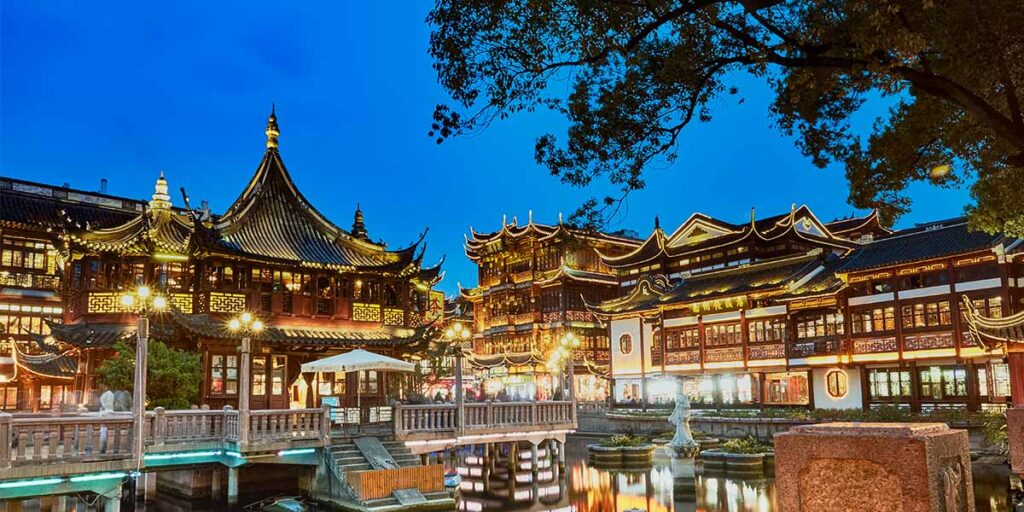
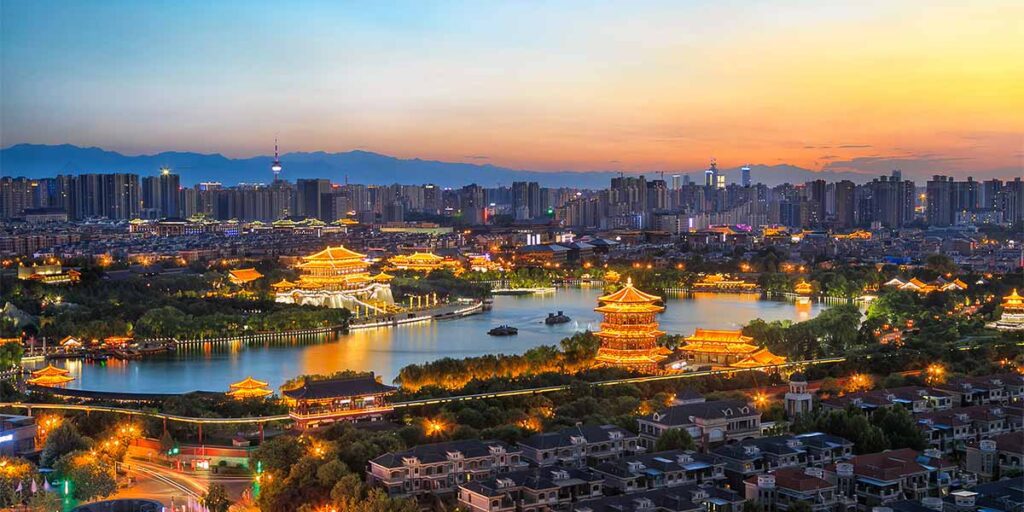
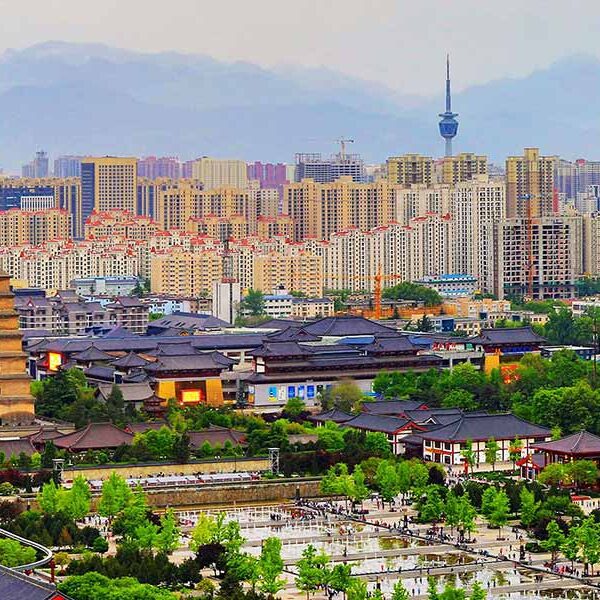
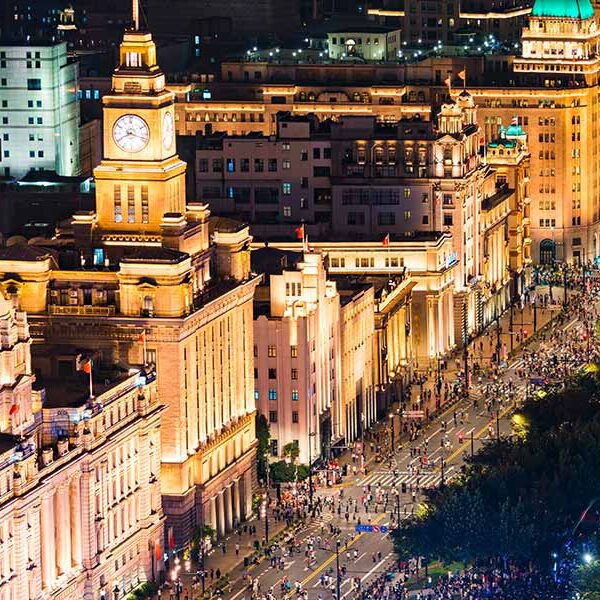
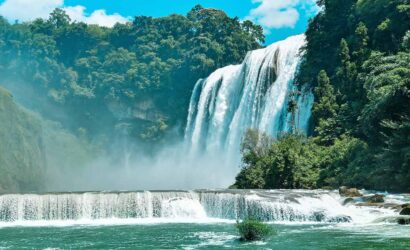
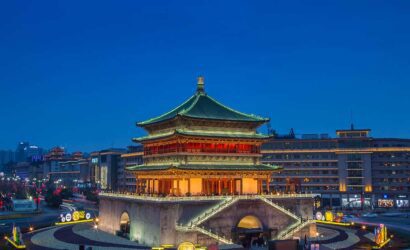
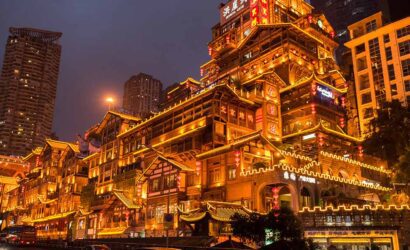
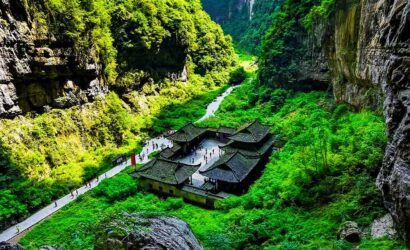
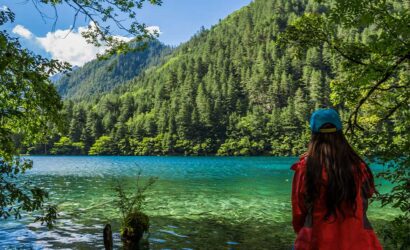
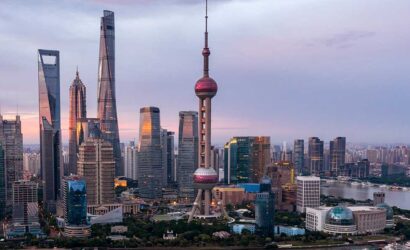
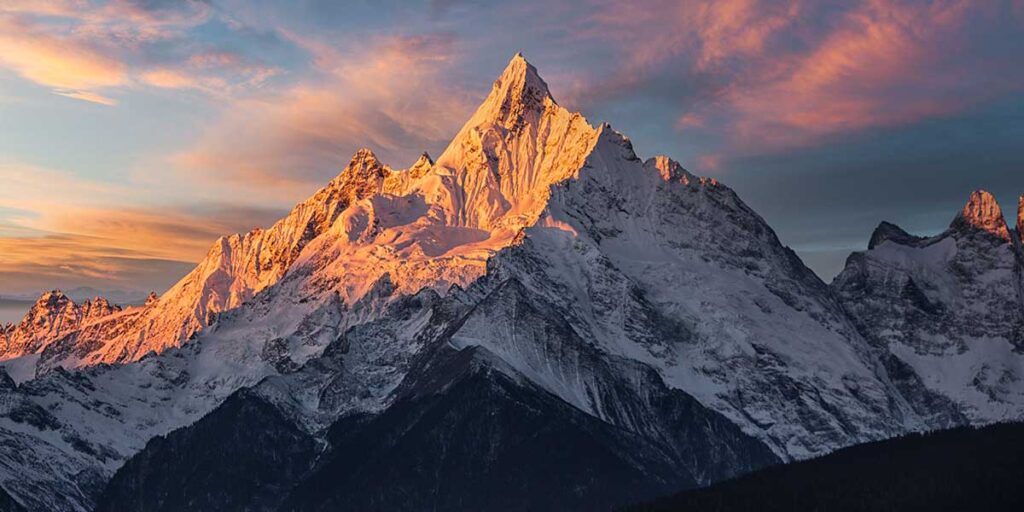
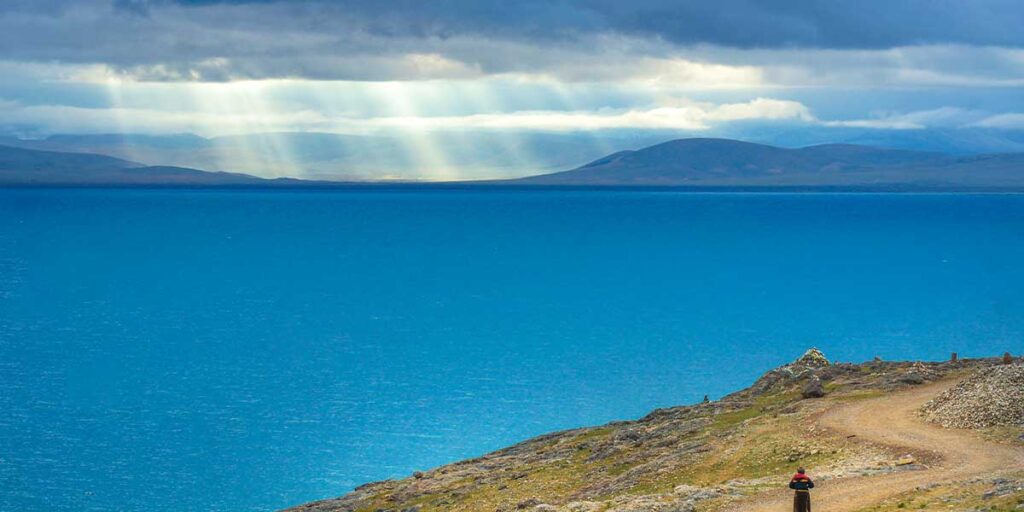
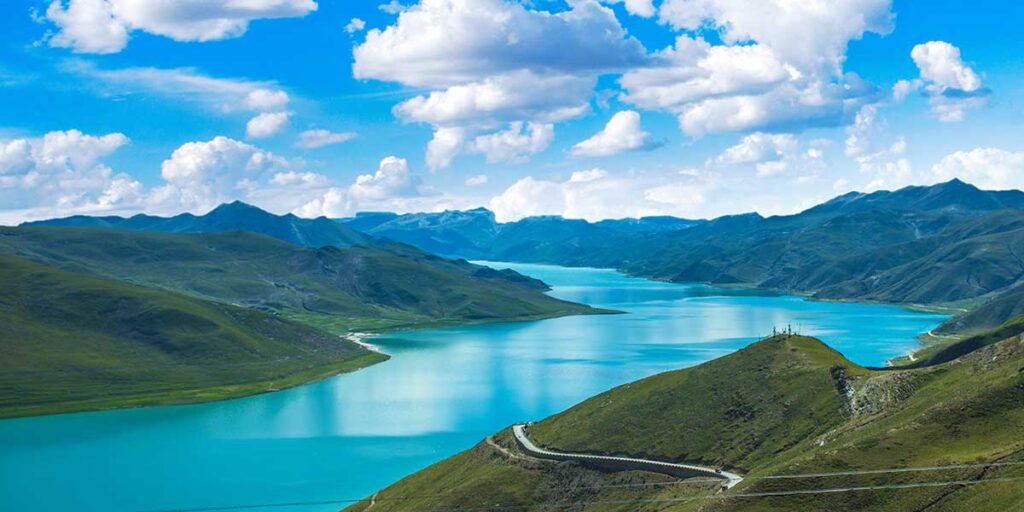
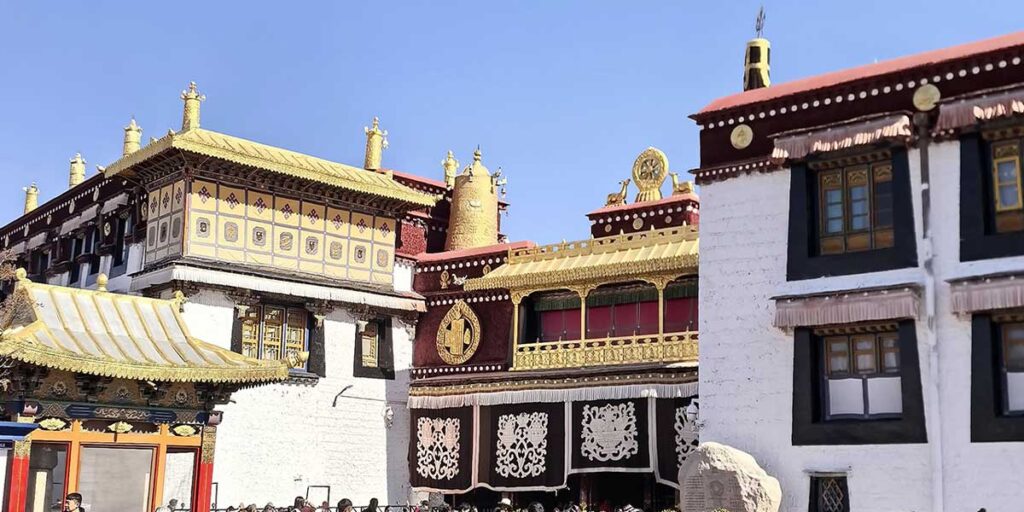
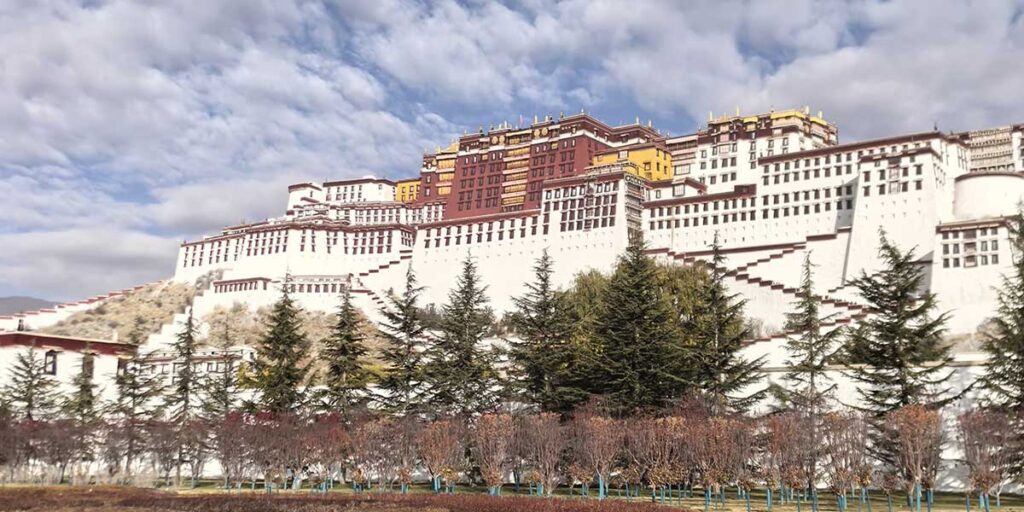
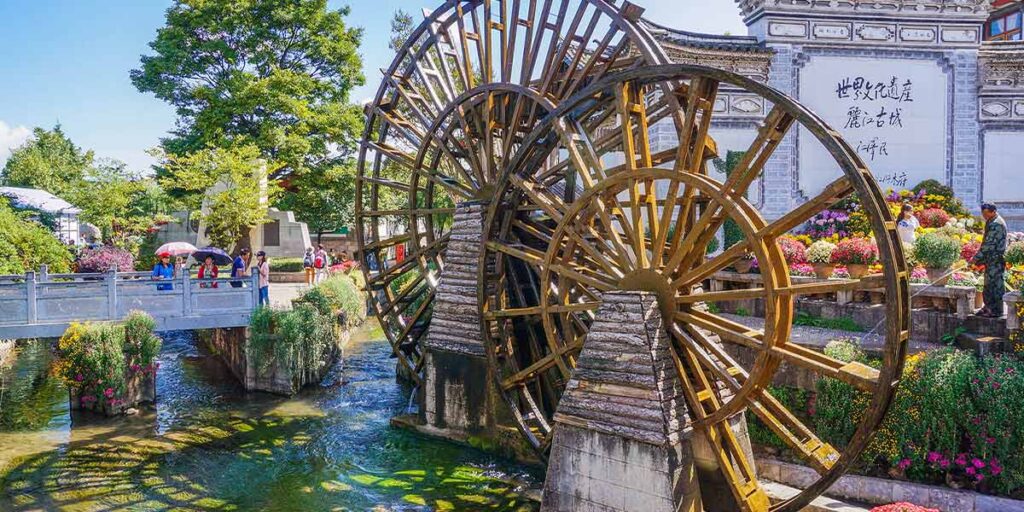

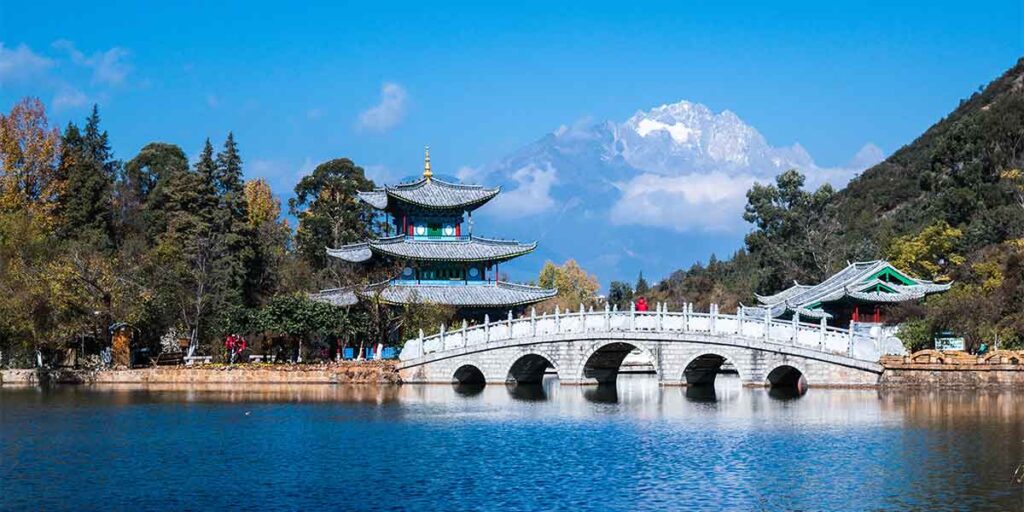
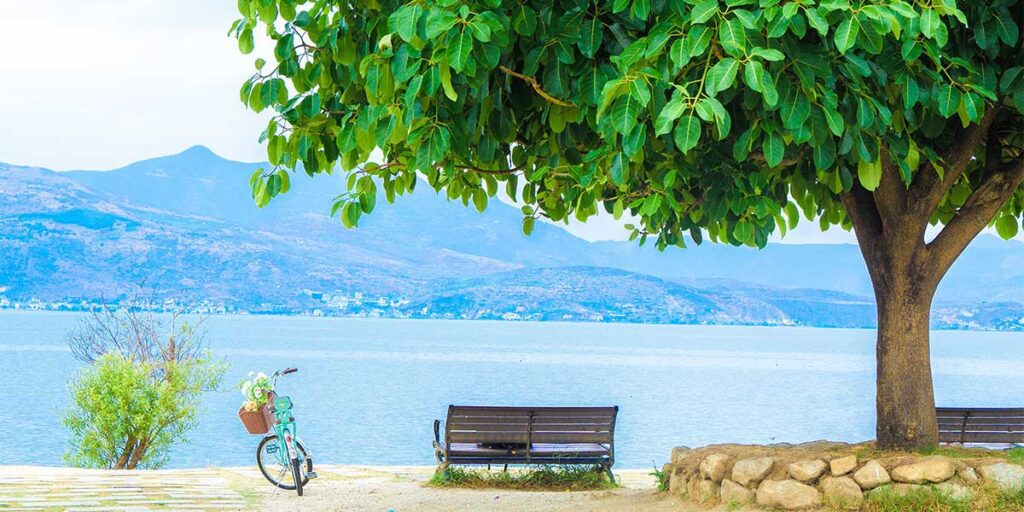
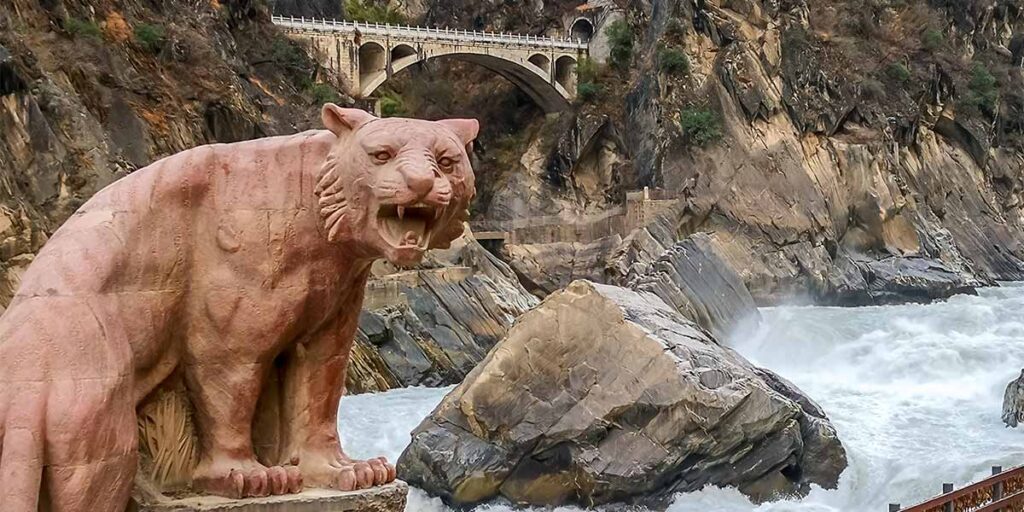
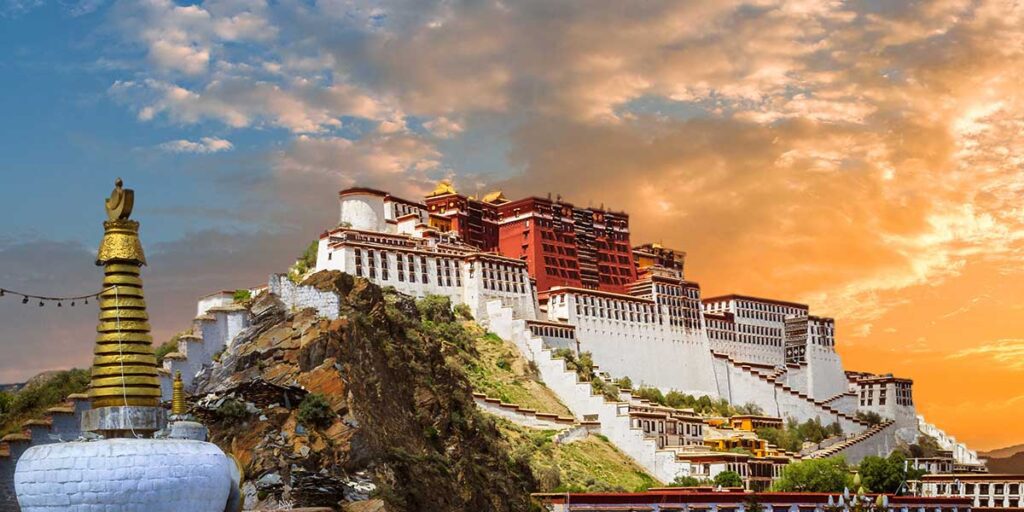
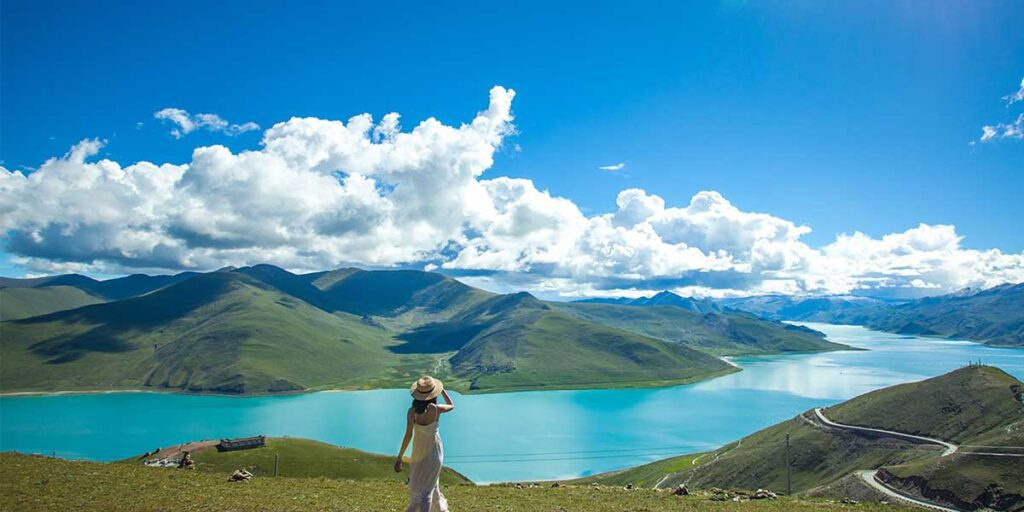
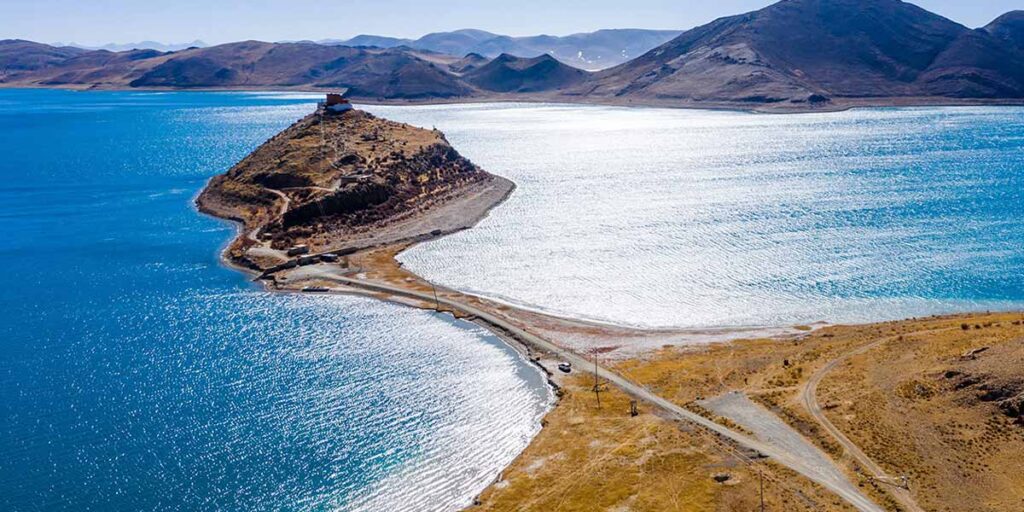
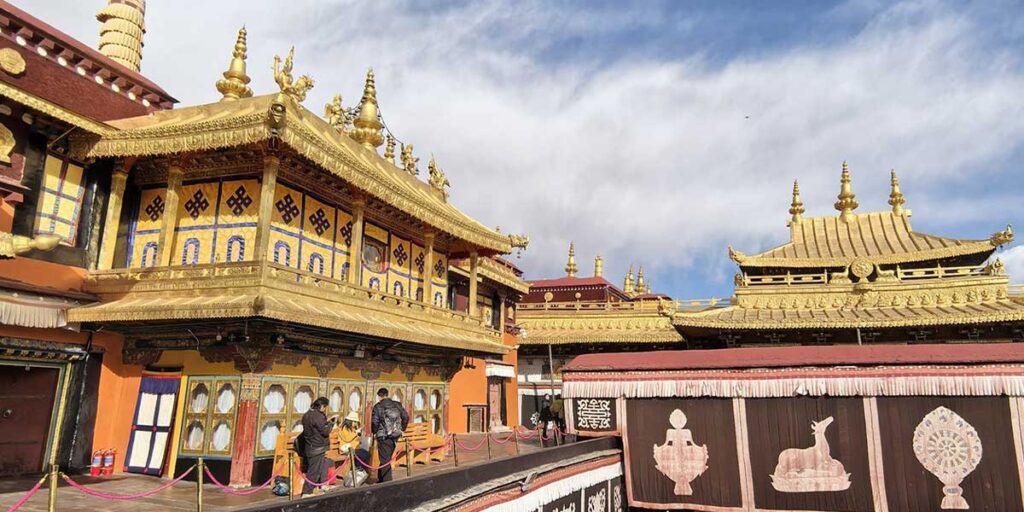
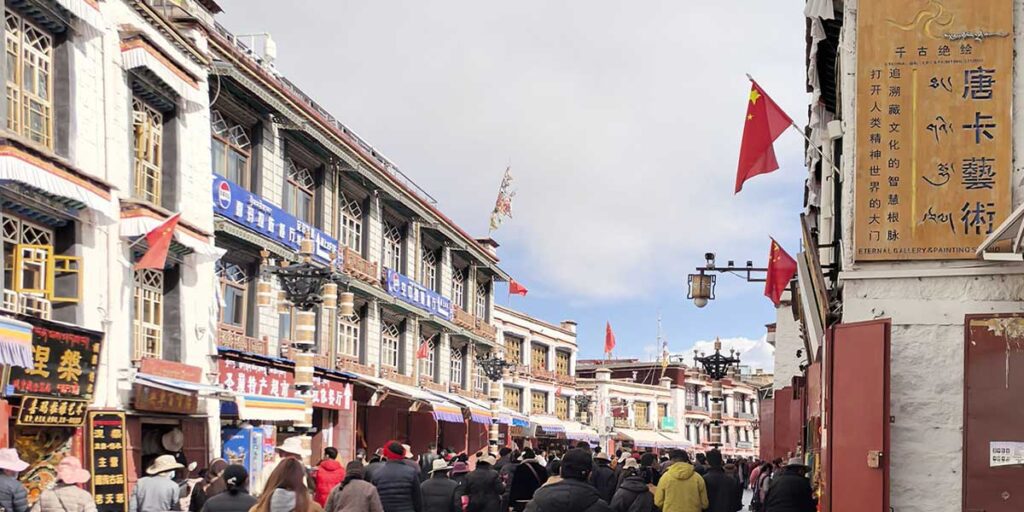
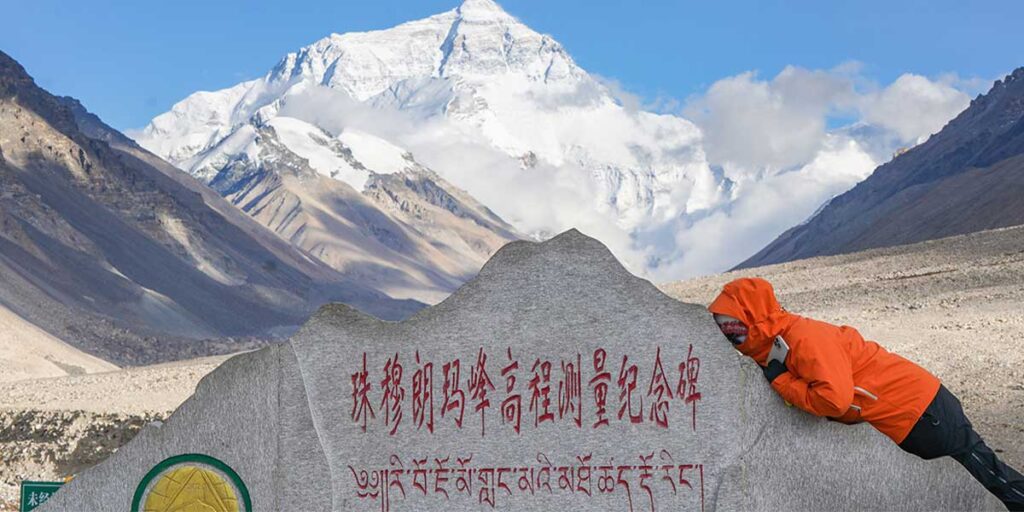
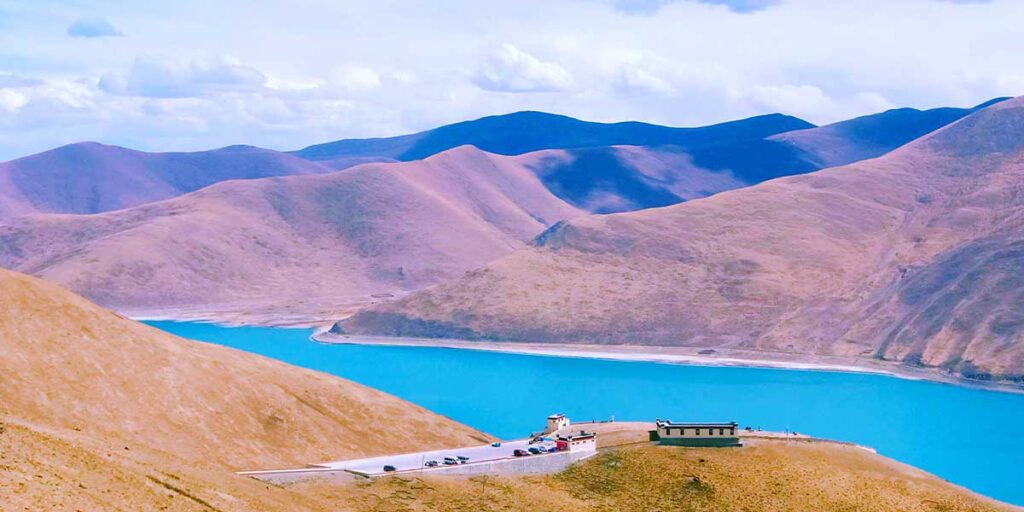
Write a Review